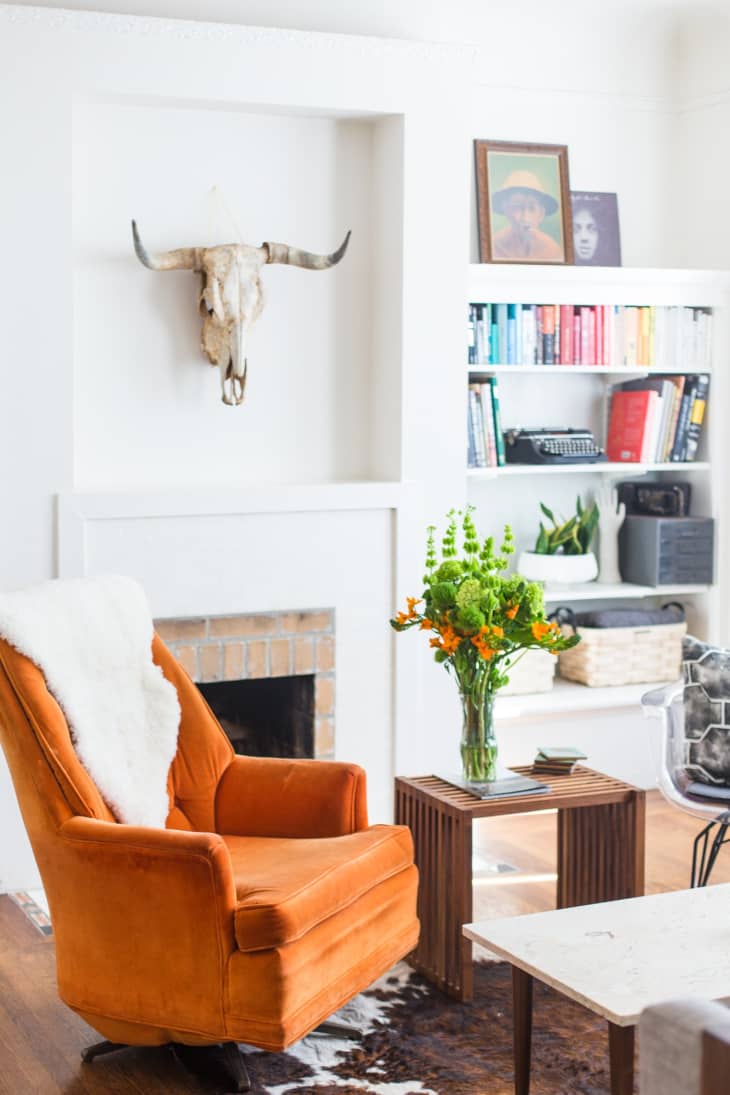Make Rooms Look & Feel Better: 5 Smart Furniture Arranging Rules

Every home is different. So to imply that any set of furniture arranging rules could apply to rooms of every shape, style, and size is ludicrous. Every room needs thoughtful consideration to figure out the best way to find the right places for all its parts. But, there are some universal furniture arranging rules that can apply to a lot of spaces — and when followed make them more pleasant feeling places to be in.
Keep heavy objects far from the entry point when possible
Except for very, very large spaces, many of us want our rooms to feel as spacious as possible. One way to control that feeling is by placing your heaviest (visually) object at the farthest point from the entry (or entries) to that room. What that does is take away a bit of that visual bulk by putting it farther away from your eyes, giving your eyes more of a view of the rest of the room, which will help make the space not feel crowded.
Aim for balance
Difficult sometimes to achieve in small spaces, but you want to try and distribute the visual weight of furniture throughout a room, making the space feel balanced. If you don’t have a piece to visually mirror a heavy piece you might have somewhere in the room, incorporate bold or dramatic design elements that will balance out the visual weight, too.
Don’t crowd the entry
In the same vein as above, try not to crowd your entry area in the room, whatever kind of room it is. Don’t place bulky pieces of furniture in the way. Don’t let items sit too close to the door or potentially be in the way of traffic flow.
Don’t always push against the walls
Since we tend to put furniture up against walls in rooms, it can seem like it makes sense to line the walls of a room. But that will only act to make a room feel surrounded and a little too airy in the middle. So pull furniture pieces away from the wall. Don’t be shy about using pieces as visual dividers to break the space into smaller seating arrangements. Use stools and side tables in more centered spots.
Think about movement through the space
Again, this is tough in small spaces, when you’ve got furniture pieces you need for function but also need to move around the space. Always keep an eye out for how you and others will move through the furniture arrangements, and make it as smooth and obstacle-free as possible. A common mistake is arranging pieces so that they create too many “small” traffic aisles between walls and furniture. To fix, squeeze furniture close to each other in ways that increase the size of main travel aisles in the rooms; this will make the traffic flow more obvious and intentional.
Re-edited from a post originally published 4.7.15-NT